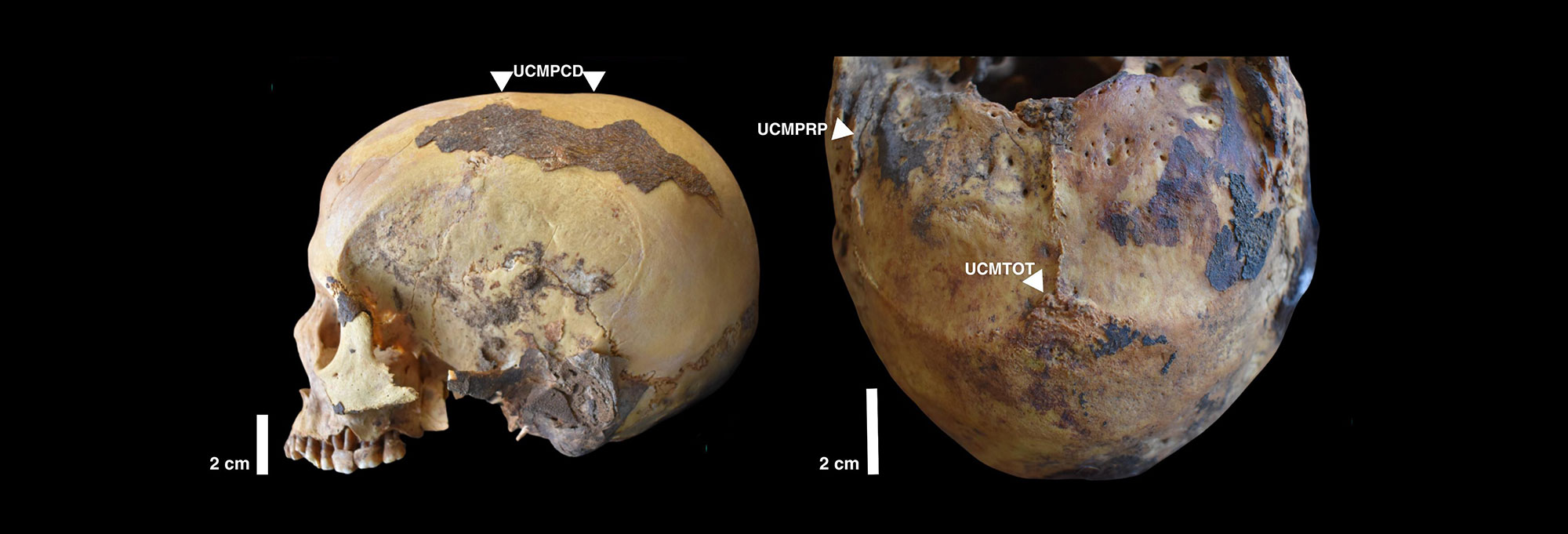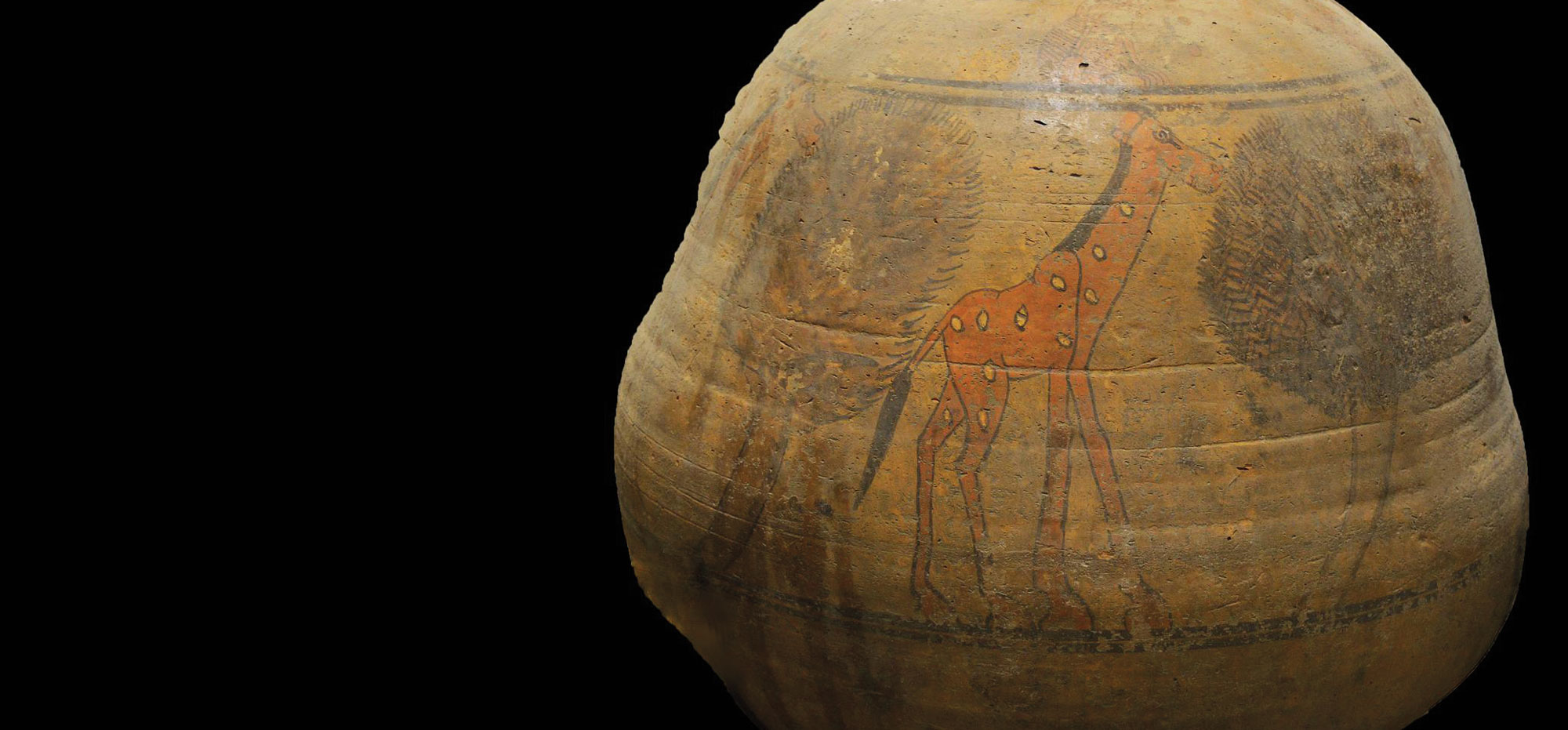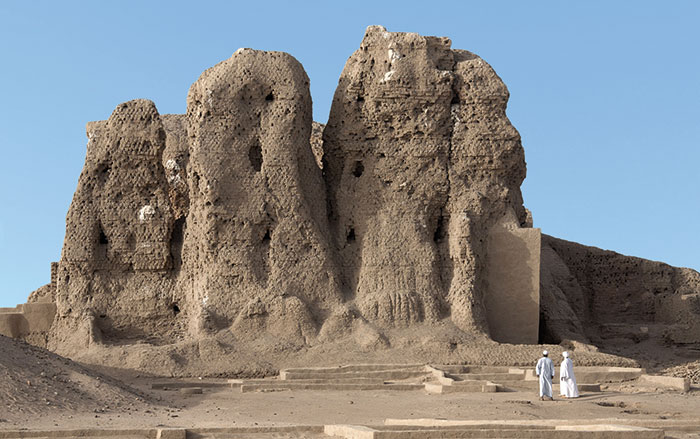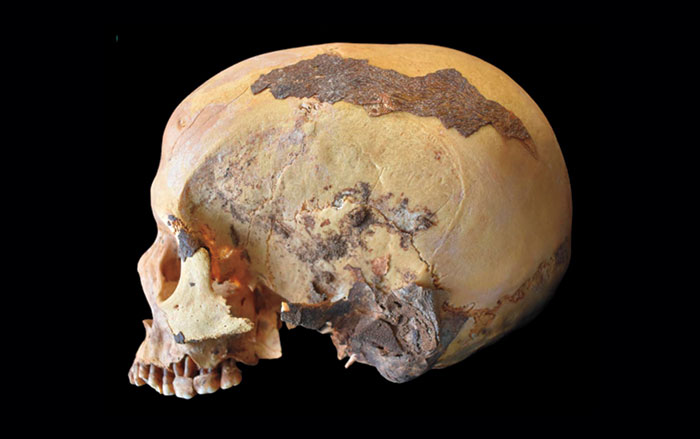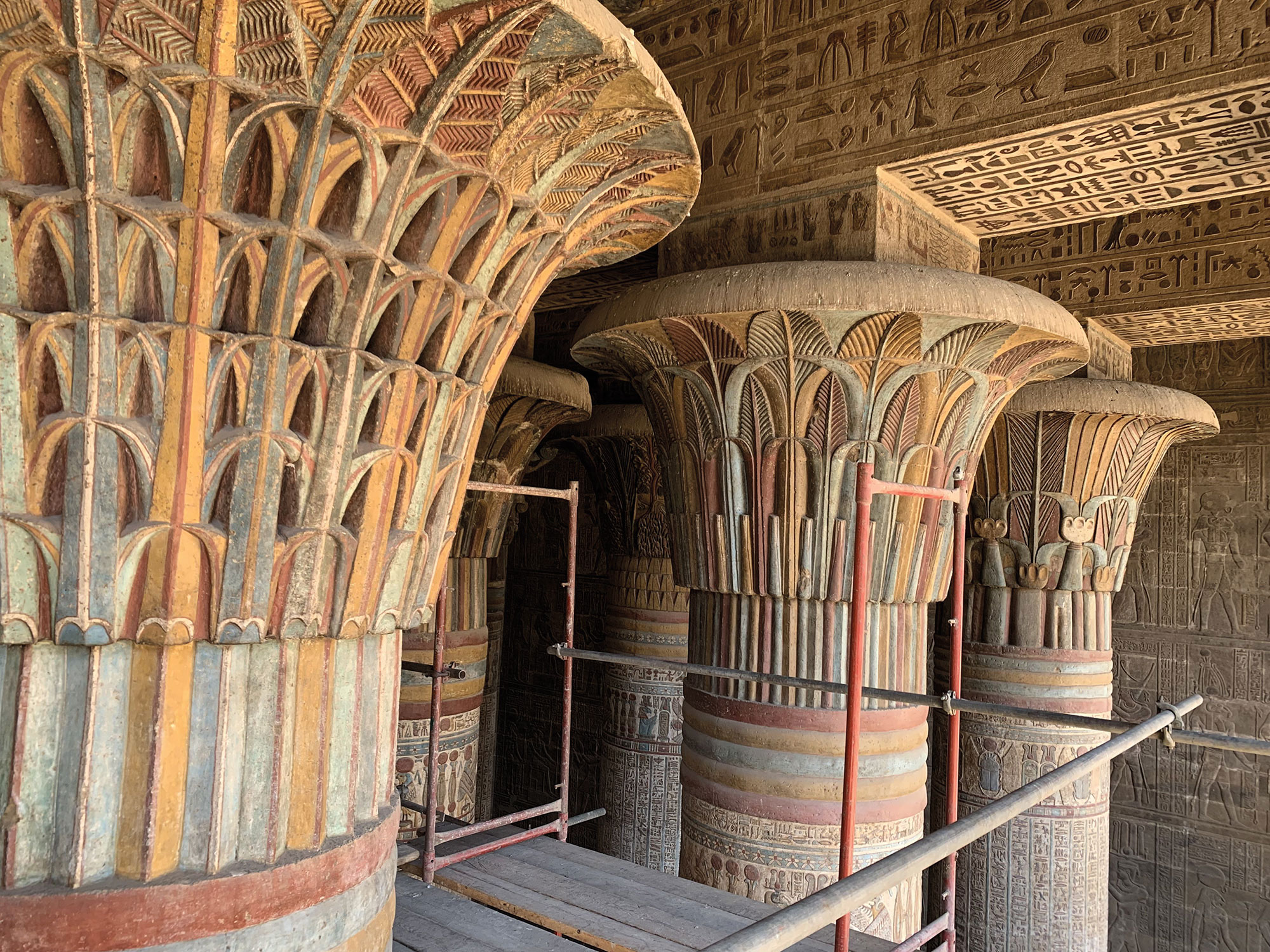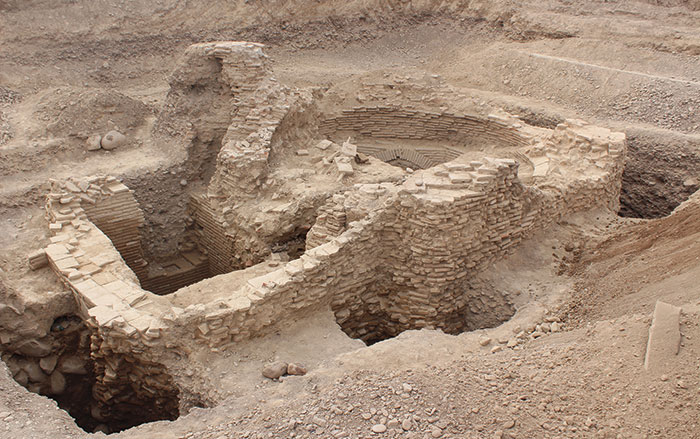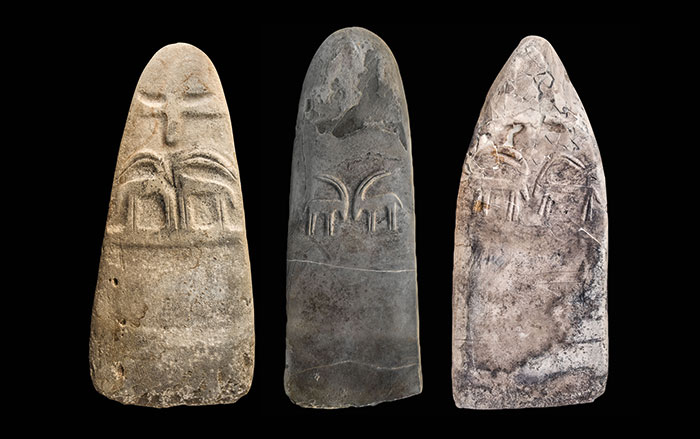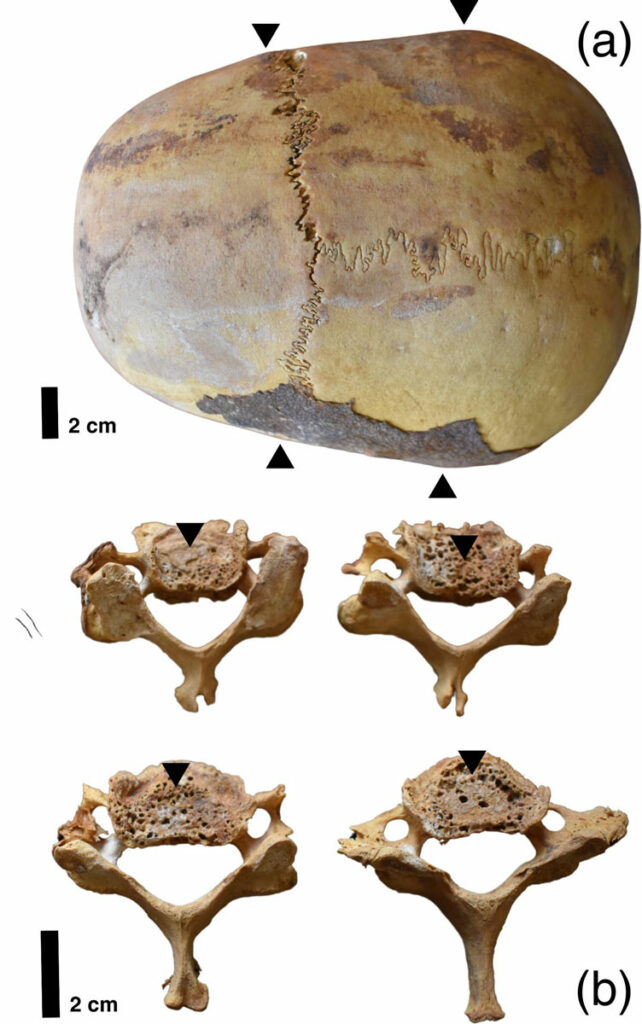
ABU FATIMA, SUDAN—The oldest known evidence of tumpline use was identified at a Bronze Age Nubian cemetery in modern-day Sudan, according to a Live Science report. Researchers analyzed the skeletal remains of 30 individuals, 14 women and 16 men, buried at Abu Fatima between 2500 and 1500 b.c. The site was once part of the ancient kingdom of Kush. They noticed that the women tended to have wear marks on their skulls and cervical vertebrae that their male counterparts did not have. Archaeologists believe that these were caused by tumplines, head straps attached to a basket that were used to carry heavy loads and even small children. This theory is supported by paintings in Egyptian tombs that depict Nubian women wearing similar headgear. Years of transporting heavy weights using this method left permanent marks on the women's skeletal structures. The damage was especially pronounced on the remains of one elite woman who was around 50 years old when she died between 2600 and 2000 b.c. and was buried with an ostrich feather fan and a leather pillow. Read the original scholarly article about this research in Journal of Anthropological Archaeology. To read more about the kings of Kush and excavations of their capital city, go to "A Nubian Kingdom Rises."


